Women’s History Month: 10 Ways to Celebrate Women in STEM

March is Women’s History Month because there are several important dates for females. International Women's Day, celebrated on March 8, was established as a holiday in 1911. Suffragists held the first major march on Washington on March 3, 1913. The National Woman's Party, which focused on getting women the right to vote, was formed in March 1917. Title IX was passed on March 1, 1972, prohibiting discrimination due to sex in federally funded education programs. The Equal Rights Amendment was passed in the Senate that same year on March 22.
The theme for 2024 celebrates “Women Who Advocate for Equity, Diversity and Inclusion.” The idea is to “recognize the example of women who are committed to embracing everyone and excluding no one in our common quest for freedom and opportunity.”
What is Women’s History Month, and why does it matter?
Women's History Month is a chance to honor the contributions of women in history and shine a spotlight on their lasting impacts on today’s society. Celebrating women during National Women's Month and every other month is important because women have always been trailblazers in everything from performing arts and sports to business and STEM. Throughout history, women showed up with courage and perseverance to lead the way for little girls dreaming about how they will change the world in the future.
Inspiring women of STEM: Exploring the achievements of women in science and engineering
Women have been in science for centuries, even though many have experienced limited opportunities to contribute. Marie Curie is often recognized as the first female scientist because she was the first woman to receive a Nobel Prize in 1903 for discovering radium and polonium, paving the way for cancer treatments. However, women in STEM go back further than that.
Not all female scientists throughout history are famous women in science, yet their work was groundbreaking. Way before computers were invented, Ada Lovelace wrote what is thought to be the very first computer algorithm, making her the first computer programmer in 1843, although many doubted that she was the author. Mary Anning found the first Ichthyosaurus, a marine reptile, along with her father when she was twelve. She found the first complete skeleton of a Plesiosaurus in 1823, then found the first Pterosaur in 1828. Other scientists didn’t recognize her work, and she wasn’t even admitted to the Geological Society of London.
Why is it important to be a woman in STEM? Representation matters! If young girls can see themselves represented in STEM fields, they might decide that those careers are open to them. The future is the reason to recognize the past.
How have women contributed to STEM?
Contributions of women in STEM touch all our lives. Female scientists are just some of the inspirational women making a difference in the world. Look at a few women who broke new ground in the science, technology, engineering, and math fields.
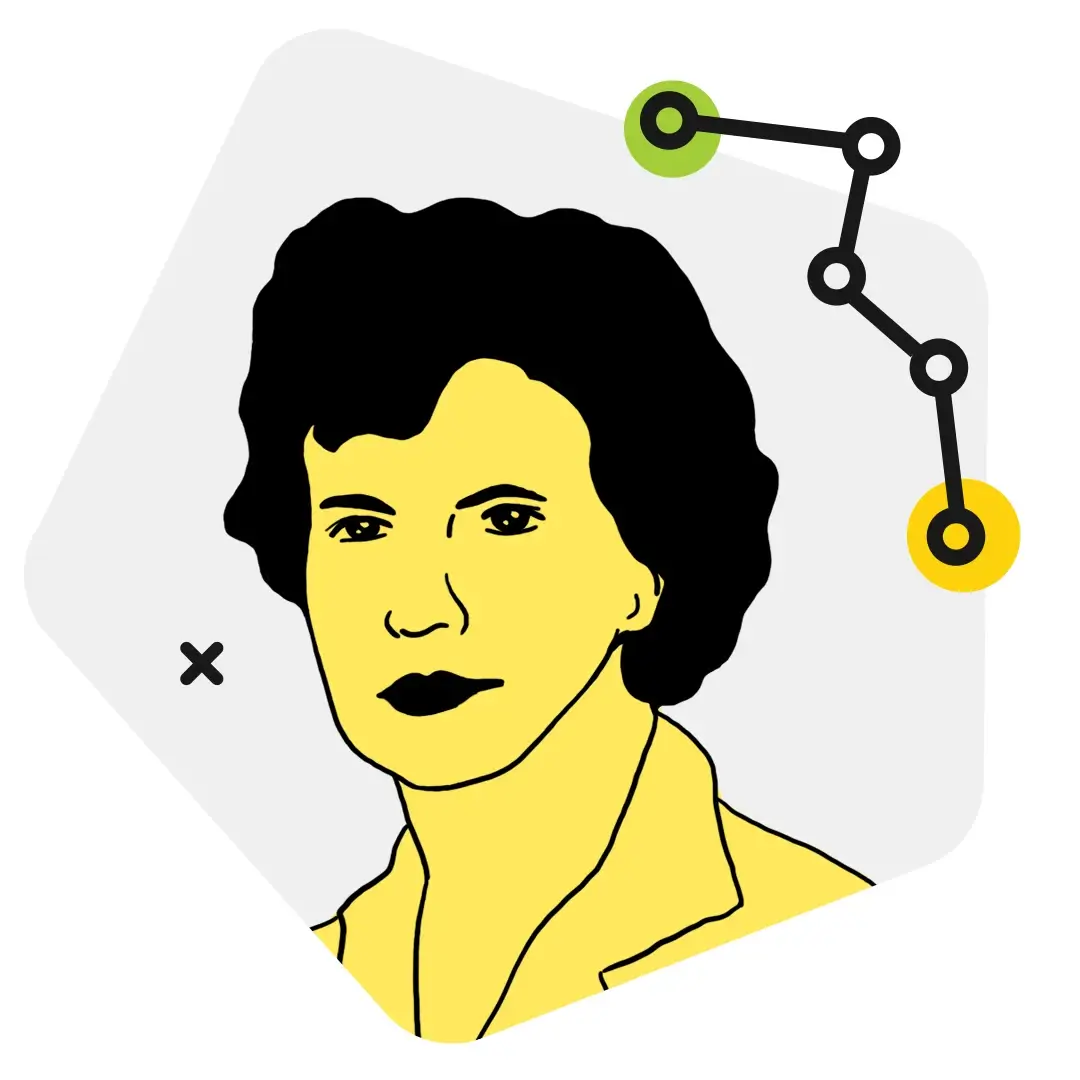
Ruth Rogan Benerito (1916-2013) was an innovative American chemist who discovered how to produce stain-free, wrinkle-free, and flame-resistant cotton fabrics. She also developed a way to harvest fats from seeds for medical patients needing intravenous feeding.
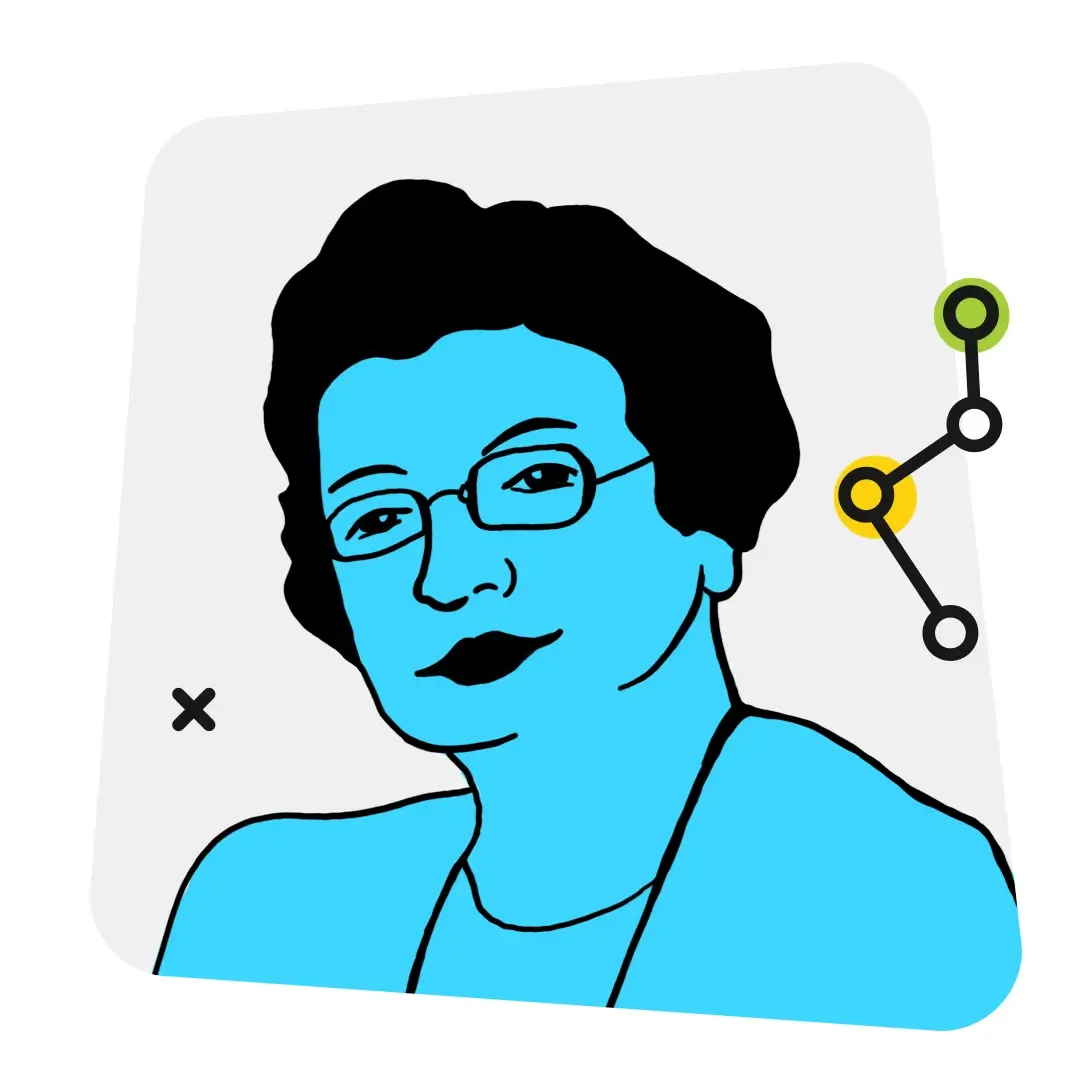
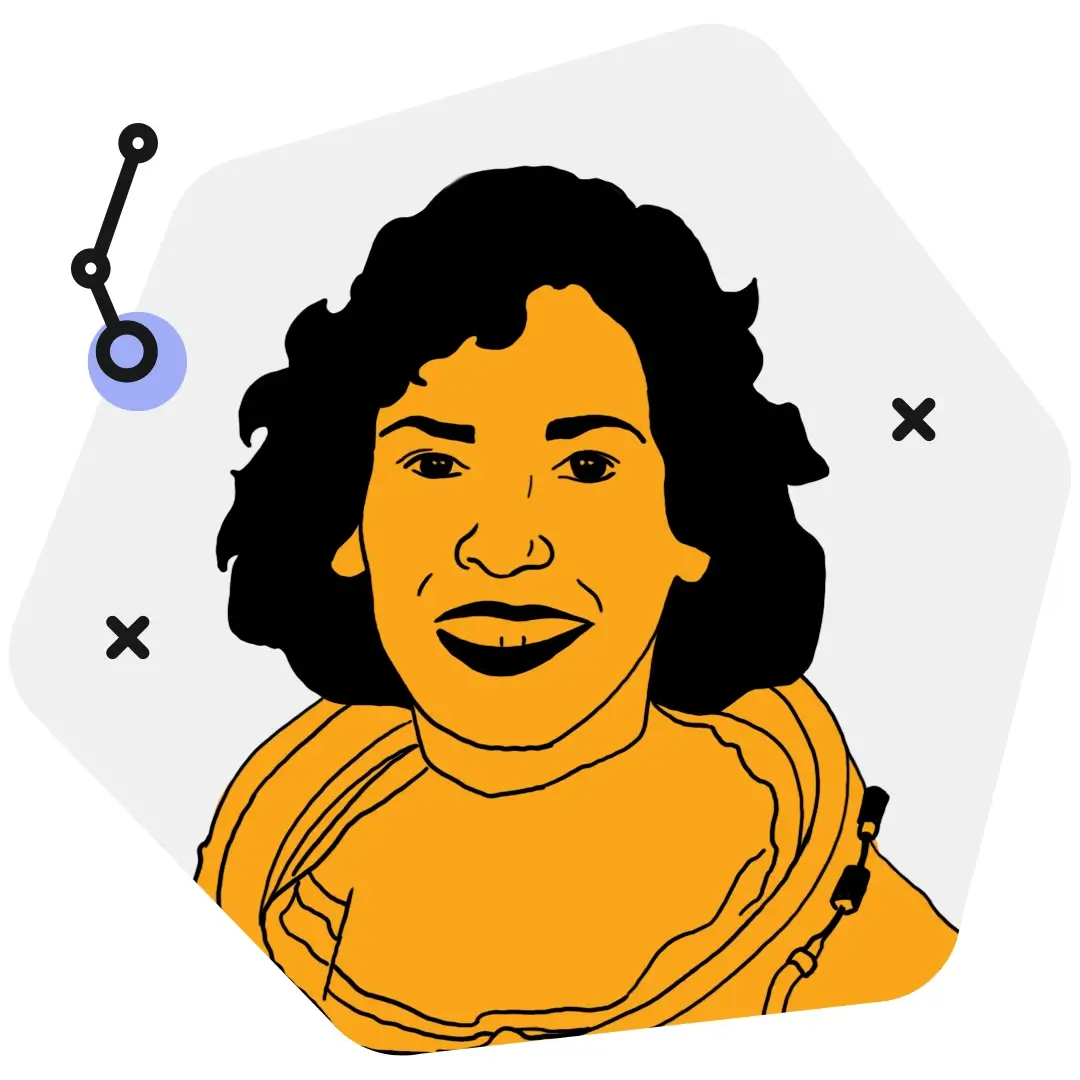
Dr. Ellen Ochoa (1958-) became the first Hispanic woman (and second female after Dr. Sally Ride) to go to space in 1993. She went on a nine-day mission aboard the space shuttle Discovery.
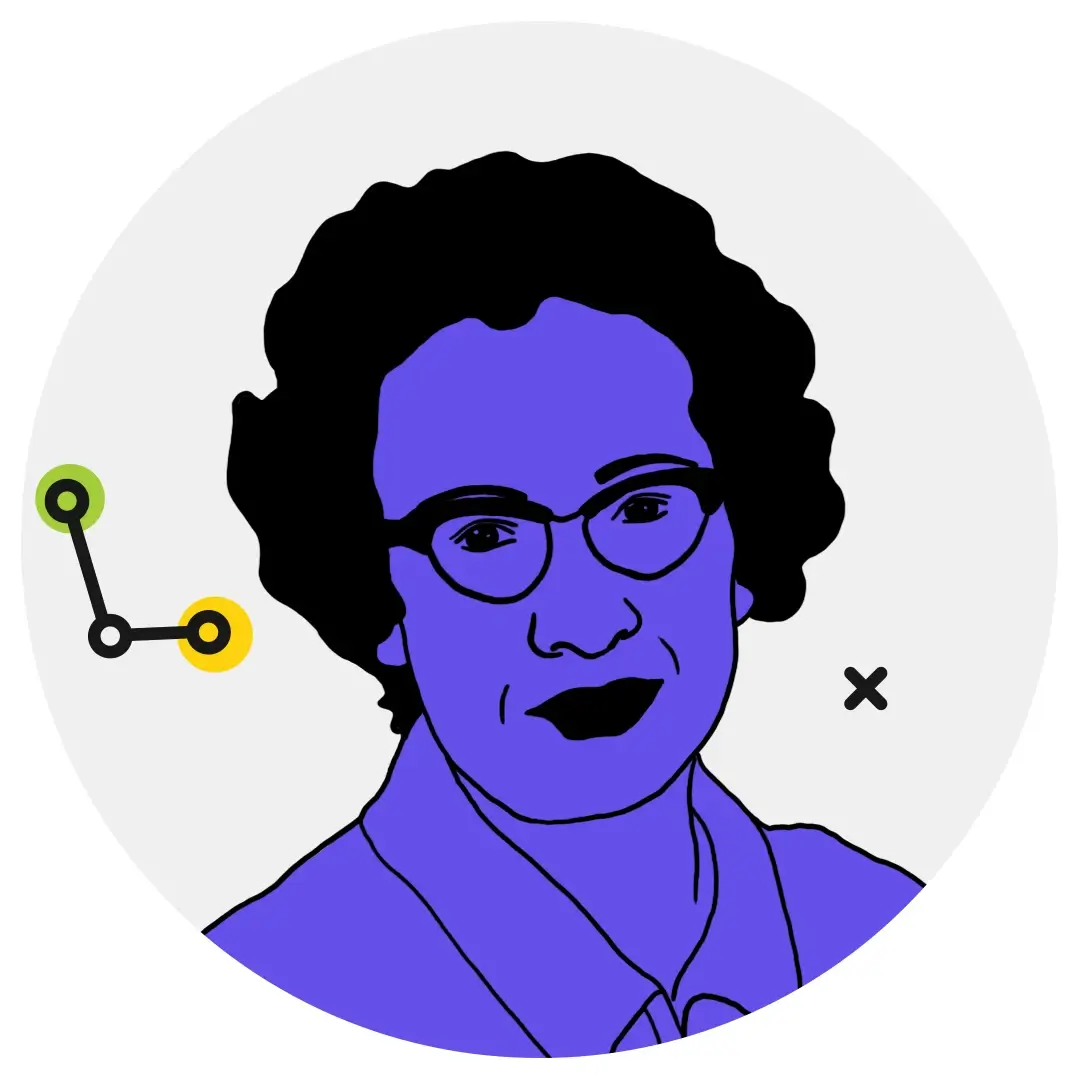
Katherine Johnson (1918-2020), an African-American space scientist and mathematician, was featured in the 2016 Hidden Figures movie. She calculated the trajectory for Alan Shepard, the first American in space, and the 1969 Apollo 11 flight to the moon.
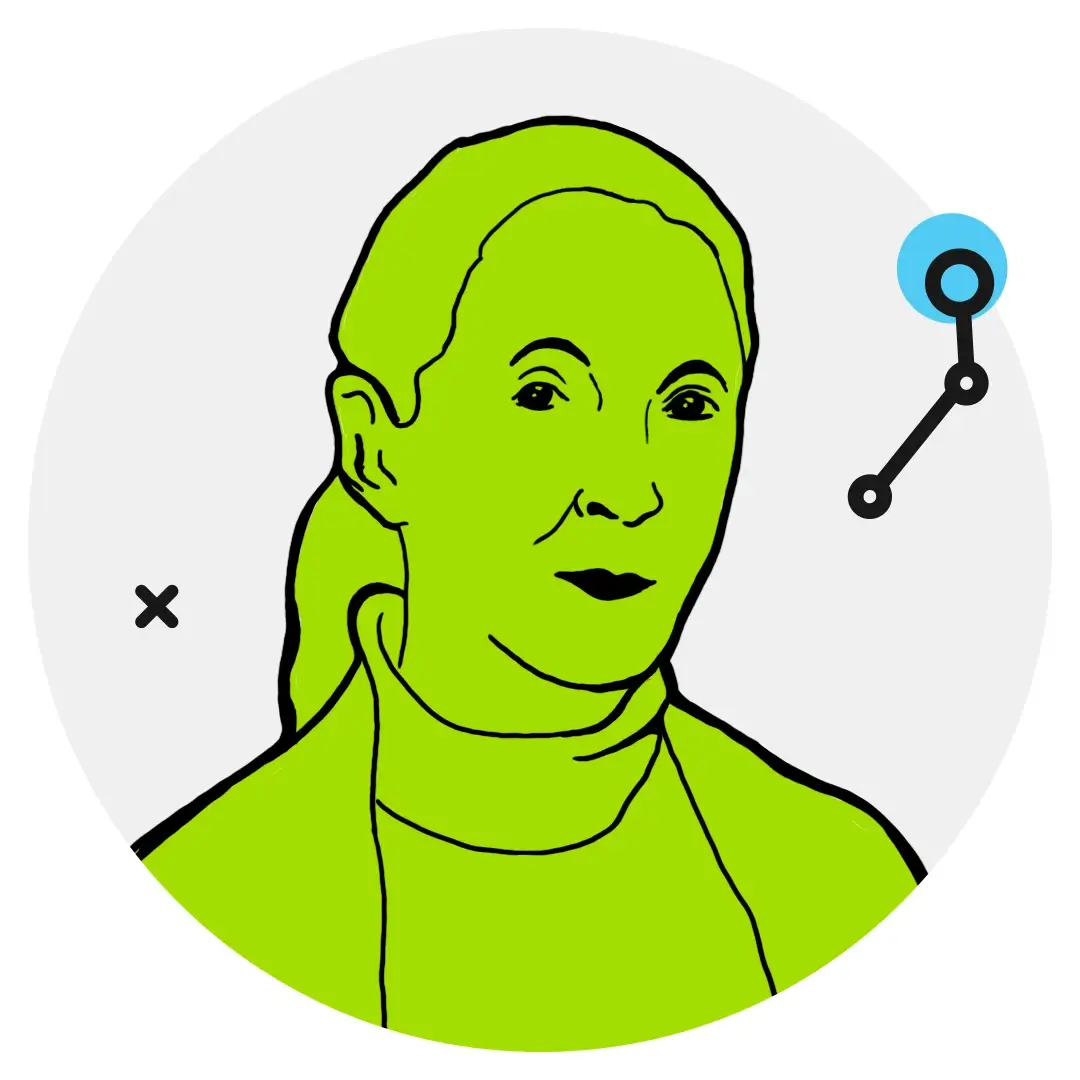
As a child, Jane Goodall (1934- ) loved animals but had no formal training before working with chimpanzees in their natural habitat. She developed her own techniques and even lived among the chimpanzees she studied.
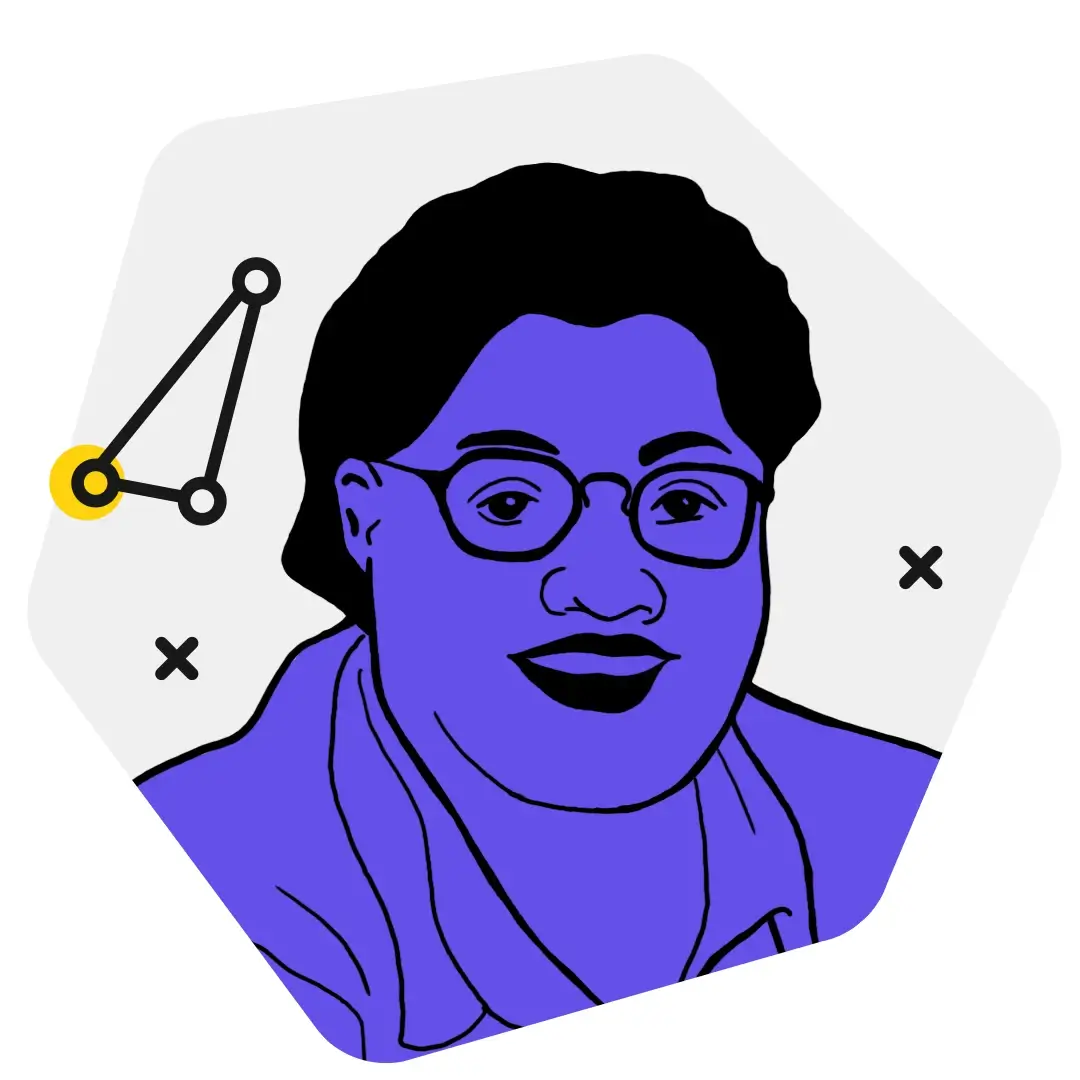
Dr. Alexa Canady (1950- ) is the first African-American woman to become a neurosurgeon. She was chief of neurosurgery at the Children’s Hospital of Michigan from 1987 to 2001.
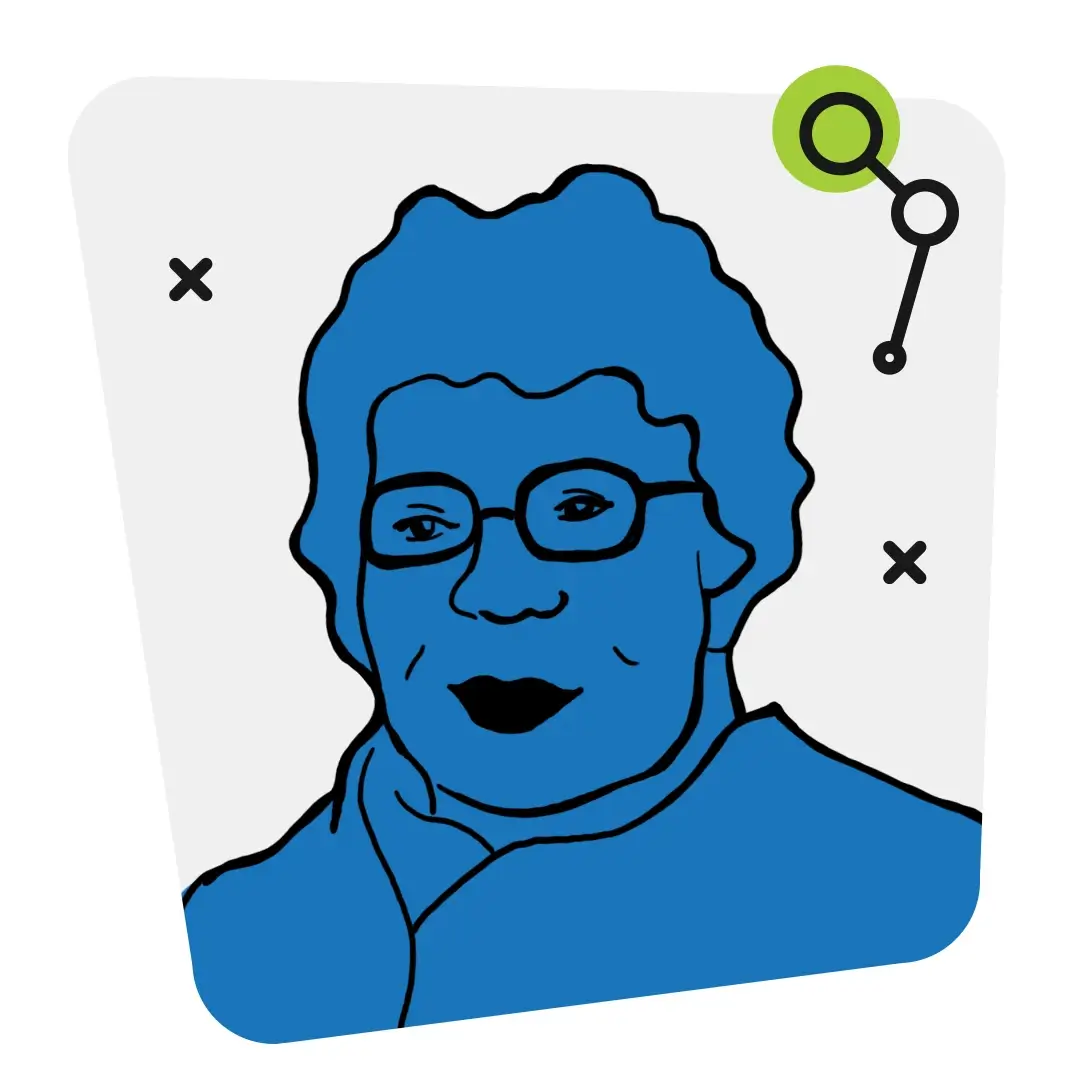
Bessie Blount Griffin (1914-2009) was a physical therapist and inventor. She created a medical device to feed patients and helped World War II veterans get mobility back.
Activities to celebrate Women’s History Month in schools
If you’re wondering how to celebrate Women's History Month in your classroom, the possibilities are endless! Choose from this list of activities and ask your students to brainstorm more Women's History Month ideas.
- Choose influential women to research and write biographies for a class book.
- Design a bulletin board with a timeline of innovations by women in STEM through the years. Invite students to write short informational paragraphs and make illustrations.
- Compare and contrast women in two different STEM careers using Venn Diagrams.
- Investigate the story of the “Calutron Girls” and their work during World War II.
- Read books by female authors and listen to music by female artists.
- Invite women in your community to share their professional and life experiences as guest speakers.
- Ask students to interview a female who makes a difference in their lives.
- Research women who broke records in sports. Design posters with pictures and facts.
- Check out the Digital Classroom through the National Women’s History Museum.
- Browse the STEM Career Path curriculum on the SheHeroes website.
Create future STEM trailblazers in your classroom today
What about the future female leaders in STEM fields? Make the time for students to share ideas, hopes, and dreams. What are some problems they hope to solve? You never know— the next Nobel Prize-winning STEM professional may be sitting in your classroom!
Inspire more students to pursue careers in STEM with ExploreLearning. We make math and science learning serious fun!
